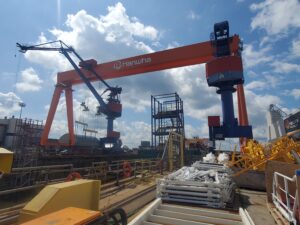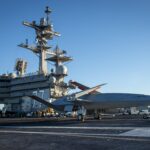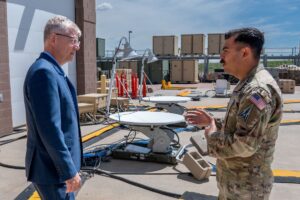
The American shipping subsidiary of South Korean industrial conglomerate Hanwha in July ordered a liquified natural gas (LNG) carrier from a fellow subsidiary, Philly Shipyard, as part of its effort to upgrade and invest in a shipyard they hope ultimately build U.S. Navy ships. Hanwha Shipping is the U.S. subsidiary of the conglomerate’s Korean Hanwha Ocean shipbuilder and at the end of 2024 Hanwha closed on a deal to purchase the Philly Shipyard, with ownerships split between Hanwha Systems, a…

 By
By 










